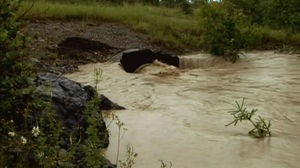
© suntreat
A cold snap in Chile is leaving summer citrus importers unsure of what they'll be bringing to the states in upcoming weeks.
David Mixon, chief marketing officer for Seald Sweet LLC, Vero Beach, Fla., said Chile's citrus-growing areas had an unseasonable cold snap over the July Fourth weekend. Until the industry can measure the damage done to its crop, which can take a week or even 10 days, the forecast of exports to the U.S. is clouded.
Mixon said the temperatures recorded there indicate an "extremely high" likelihood of damage to the citrus, but "it's hard to predict how the fruit will react, and there's a lot of variables."
Chile's cold snap is just the latest weather hurdle for the industry. South Africa, which exported a record 1.5 million metric tons of citrus last season, dealt with a yearlong draught and hailstorms that will limit the nation's citrus exports by 5% from last year's record.
